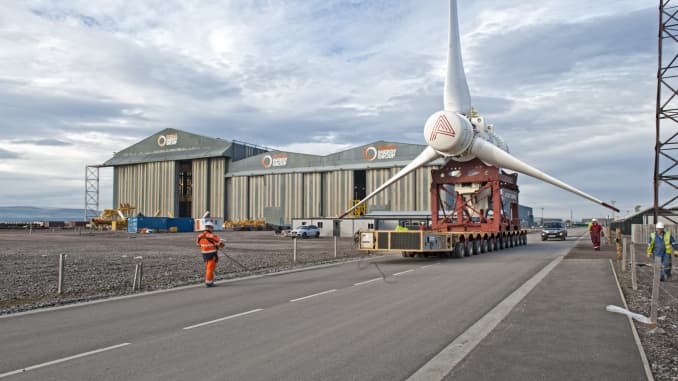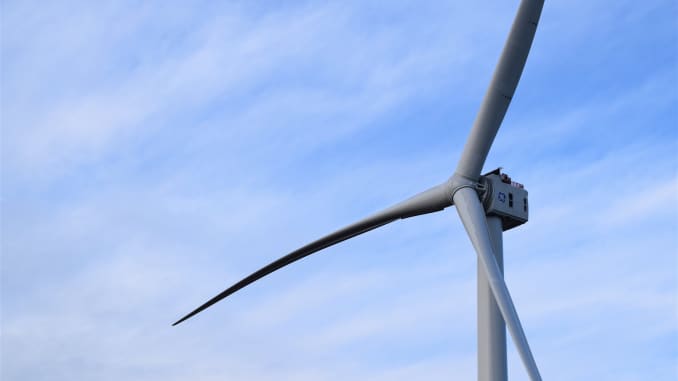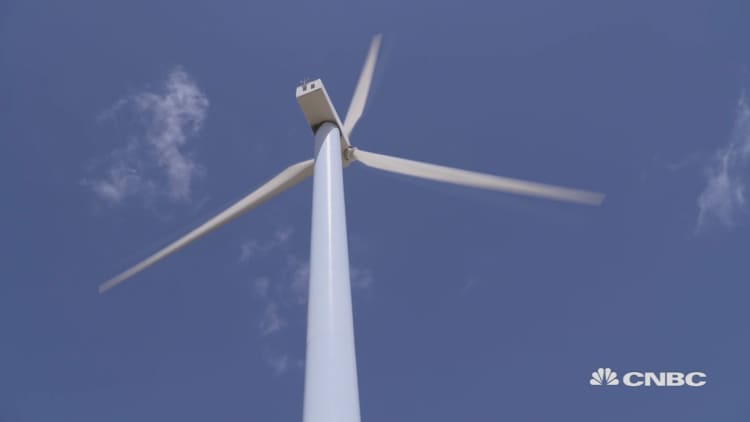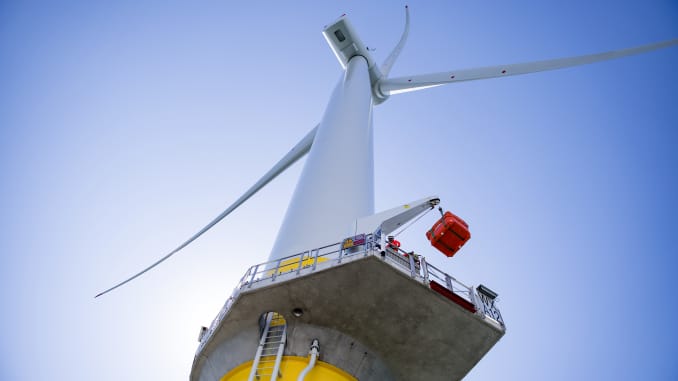KEY POINTS
Arrival says the initial order for the vehicles is worth “hundreds of millions of euros”.
The last few years have seen a number of big companies, including Amazon, order electric vehicles.

Courtesy of Andor Ivan, Arrival
UPS has placed an order for 10,000 electric vehicles from U.K.-based start-up Arrival, with the logistics giant’s venture capital arm also investing an undisclosed amount in the firm.
In an announcement Wednesday, Arrival — which was set up in 2015 — said the initial order for the vehicles was worth “hundreds of millions of euros”. The firm’s relationship with UPS dates back to 2016, when the two companies announced a partnership.
The purpose-built vehicles will be introduced to markets in the U.K., Europe and North America between 2020 and 2024, while there is an option for another order of 10,000.
Arrival develops materials, software and components that can be used to customize the operations and vehicles of fleet owners. It says its “skateboard platforms” enable vehicles to be manufactured in different weights, shapes and sizes depending on the needs of its customers. Arrival will be manufacturing the vehicles for UPS at microfactories in the U.S. and U.K., with plans for microfactories in Europe too.
“Electric vehicles form a cornerstone to our sustainable urban delivery strategies,” Juan Perez, chief information and engineering officer at UPS, said in a statement. “Taking an active investment role in Arrival enables UPS to collaborate in the design and production of the world’s most advanced electric delivery vehicles,” Perez added.
The deal with UPS follows a 100 million euro (around $110 million) investment in Arrival from the Hyundai Motor Company and Kia Motors Corporation earlier this month. According to Arrival, that investment valued the company at 3 billion euros.
The last few years have seen a number of big companies add electric vehicles to their fleets. Last September, tech giant Amazon announced it was ordering 100,000 electric vehicles from Rivian, a firm it has invested $440 million in.
According to Amazon, the electric vans will begin deliveries in 2021, with the business wanting 10,000 vehicles to be “on the road as early as 2022.” The aim is for the full 100,000 to be deployed by 2030.
Last November, the Volkswagen Group officially started series production of its ID.3 electric car, with the German carmaker planning to launch “almost 70 new electric models” by 2028.
The Hyundai Motor Group has said it will launch 23 battery electric models over the next few years, while Volvo Cars wants 50% of the cars it sells to be fully electric by 2025.
Worldwide electric car sales hit 1.98 million in 2018, according to the International Energy Agency, with global stock reaching 5.12 million.










